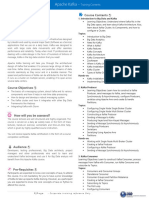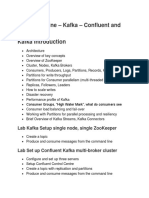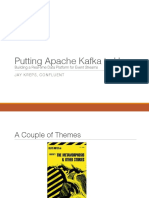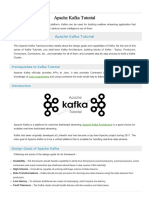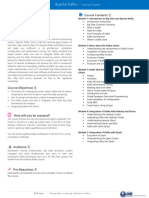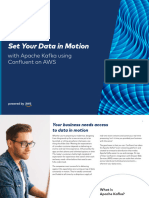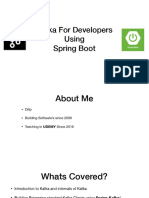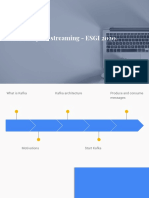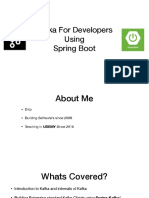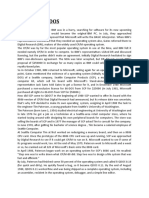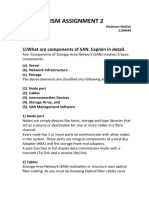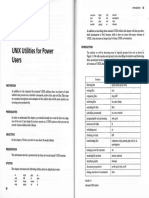0% found this document useful (0 votes)
38 views3 pagesConfluent Developer Skills For Building Apache Kafka
The document outlines a three-day hands-on training course for developers on building applications with Apache Kafka, covering key concepts, architectural components, and developer APIs. Participants will learn to write producers and consumers, integrate Kafka with external systems, and create streaming applications using Kafka Streams and ksqlDB. The course is aimed at application developers familiar with Java, C#, or Python, and includes practical exercises to reinforce learning.
Uploaded by
good.luck.mock.duckCopyright
© © All Rights Reserved
We take content rights seriously. If you suspect this is your content, claim it here.
Available Formats
Download as PDF, TXT or read online on Scribd
0% found this document useful (0 votes)
38 views3 pagesConfluent Developer Skills For Building Apache Kafka
The document outlines a three-day hands-on training course for developers on building applications with Apache Kafka, covering key concepts, architectural components, and developer APIs. Participants will learn to write producers and consumers, integrate Kafka with external systems, and create streaming applications using Kafka Streams and ksqlDB. The course is aimed at application developers familiar with Java, C#, or Python, and includes practical exercises to reinforce learning.
Uploaded by
good.luck.mock.duckCopyright
© © All Rights Reserved
We take content rights seriously. If you suspect this is your content, claim it here.
Available Formats
Download as PDF, TXT or read online on Scribd
/ 3




